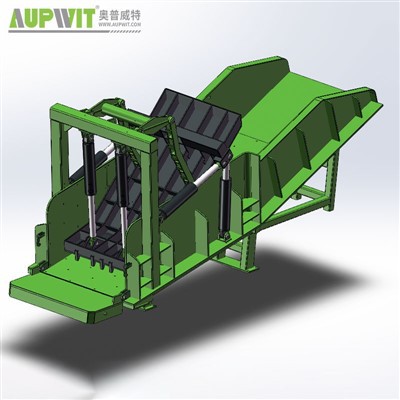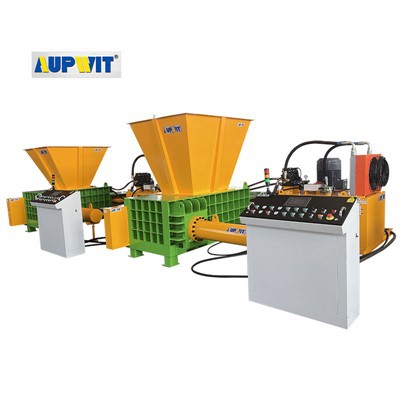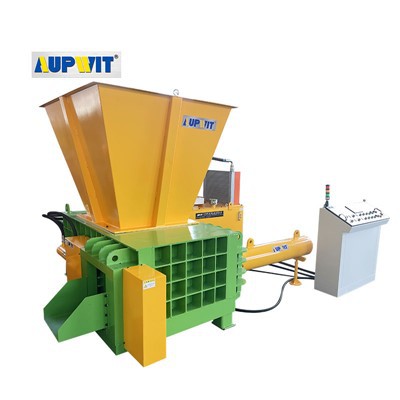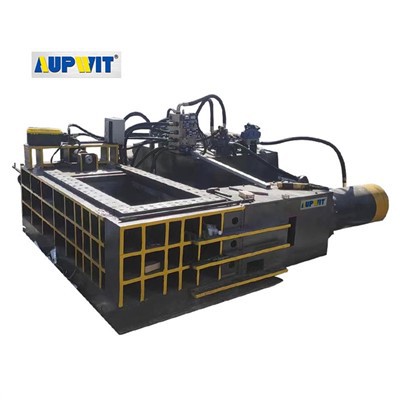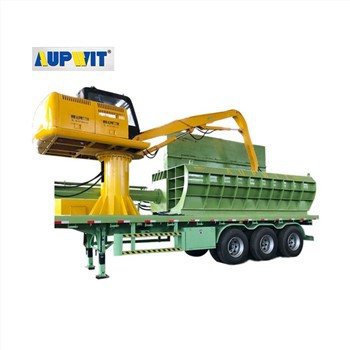Vertical Car Tire Baler Specification
1. Basic Definition of the Equipment
- Vertical Car Tire Balers are vertical compression equipment designed specifically for automobile tire recycling.
- Primary purpose is to reduce the volume of discarded tires through mechanical compression.
- Compresses loose tires into compact blocks for easy storage, transportation, and subsequent recycling.
- Features a vertical design with relatively small footprint.
- Ideal for use at recycling sites and waste treatment plants.
- Key component in achieving volume reduction in the tire recycling industry chain.
2. Core Components
- Compression Chamber: Vertical enclosed space with wear-resistant inner walls.
- Power System: Typically hydraulic with cylinder-driven compression plate.
- Control System: Operation panel with sensors for parameter setting and monitoring.
- Safety Devices: Includes emergency stop button, guardrails, and limit switches.
- All components designed for durable and reliable operation.
3. Typical Workflow
- Waste tires are placed into the compression chamber through the feed port.
- The feed door is closed and the equipment is started.
- The power system drives the compression plate downward, applying continuous pressure.
- Tires deform, stack, and gradually compact under compression.
- When preset compression is achieved, the compression plate stops.
- Some models automatically secure compressed blocks to prevent loosening.
- Compression plate returns to original position for discharge.
- Discharge port opens to eject compressed tire blocks, completing the cycle.
4. Main Functions and Value
Volume Reduction
Significantly reduces tire volume through physical compression, lowering storage and transportation costs.
Processing Efficiency
Compressed blocks are easier to process in subsequent crushing and cracking operations.
Automated Operation
Reduces manual intervention and improves overall recycling efficiency.
Environmental Benefits
Reduces environmental pollution from random tire stacking and promotes industry standardization.


